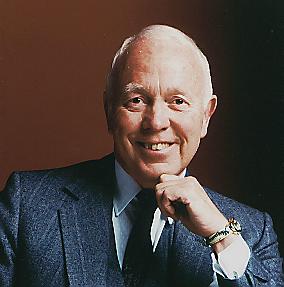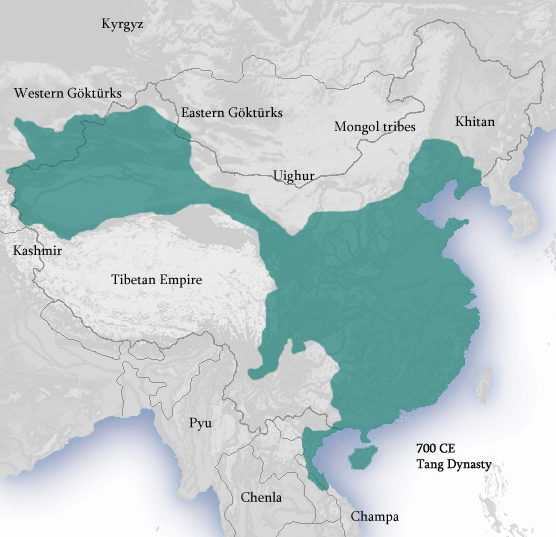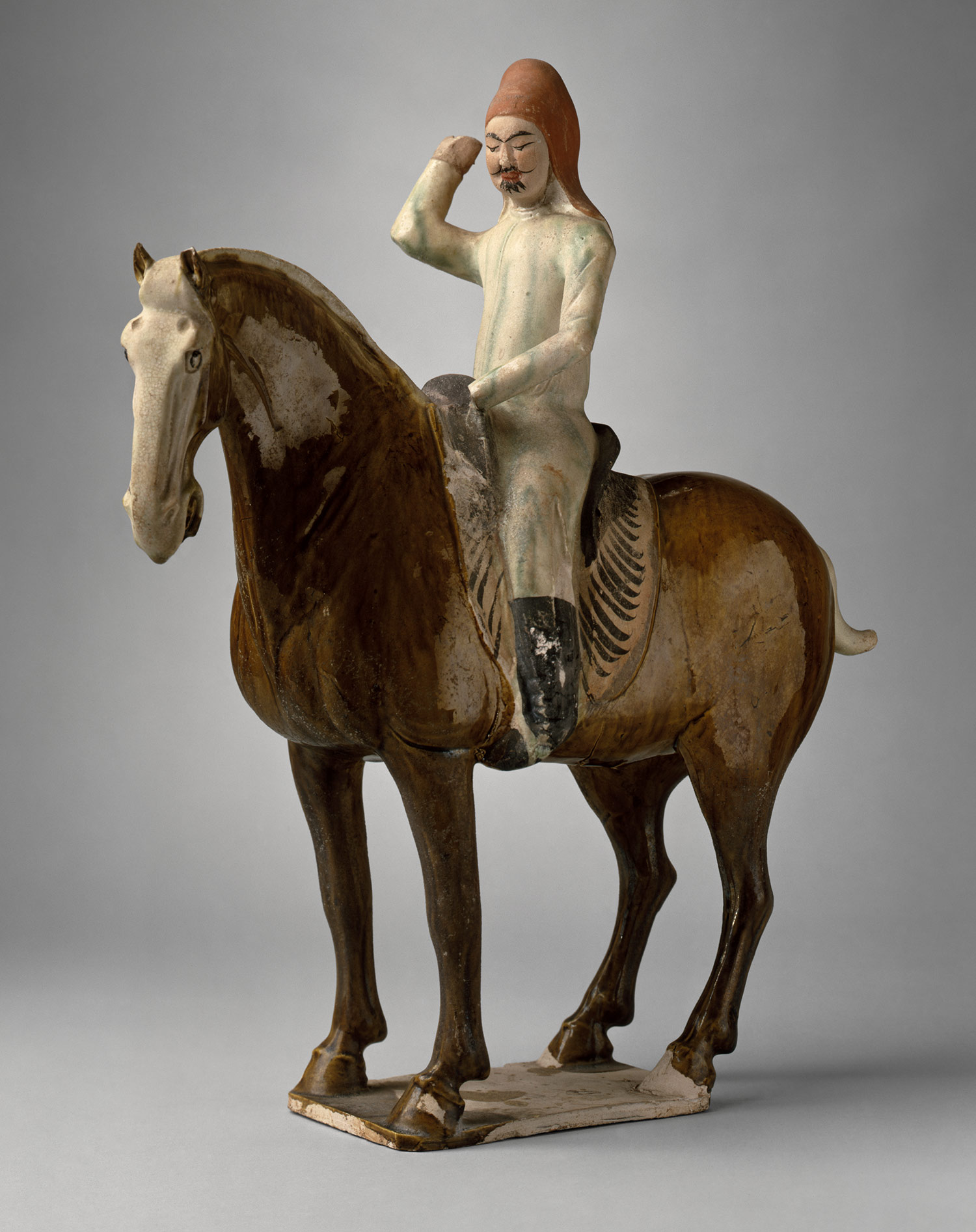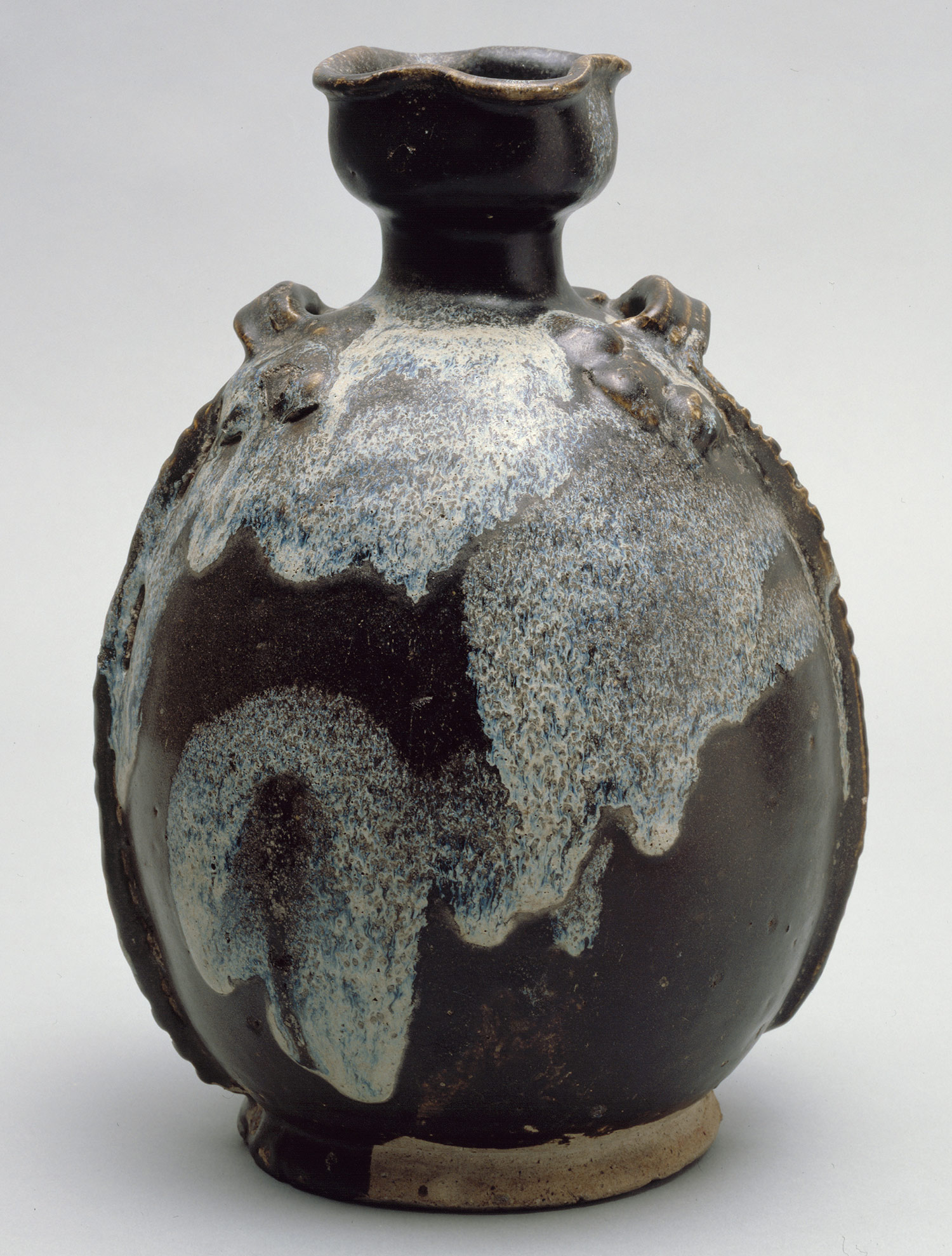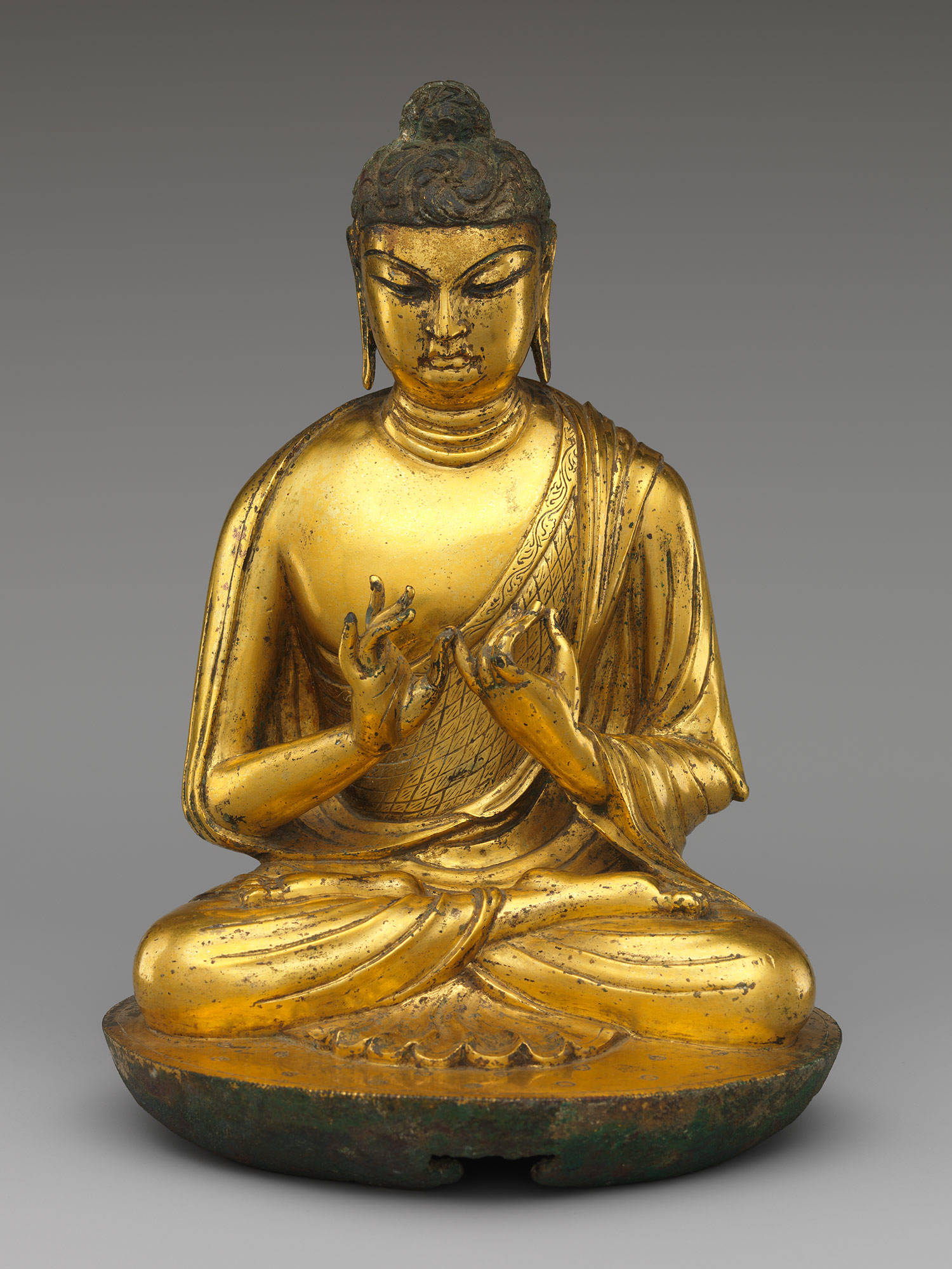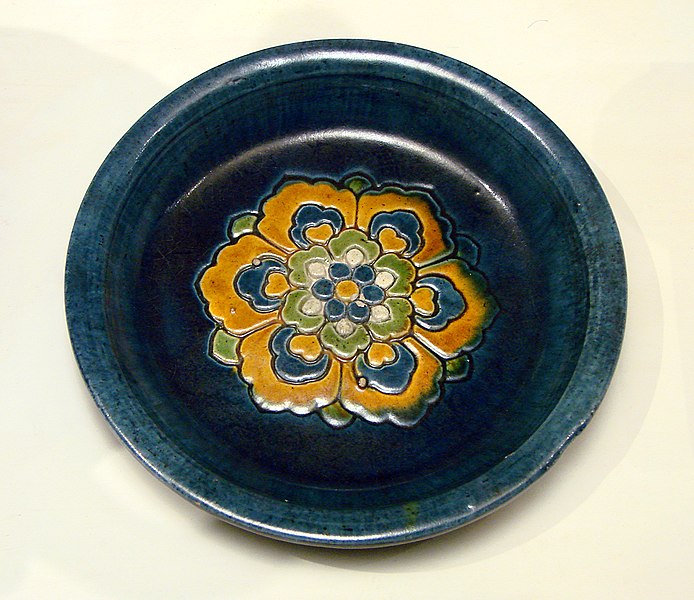Inventions in the Field of Engineering
During the Tang period, an engineer named Yi-Xing invented the world’s first clockwork escapement mechanism, which counts the number of oscillations for timekeeping. This mechanism consists of a clepsydra clock and waterwheel to rotate armillary sphere and connected it to a mechanically timed bell that gets struck every hour. This arrangement is known as the famous Astronomical clock.
Many mechanical inventions were discovered during the Tang era. One of such mechanical device was the invention of Wine server; it was carved out of iron and placed on a lacquered-wooden tortoise frame. This mechanical device consists of a hydraulic pimp that draws wine out of a metal headed faucet.
Developments in the Field of Medicine
One of the authors of medicine in the Tang period identified that the persons who are suffering from Diabetes had excessive sugar levels in the urine. Discoveries in treating goiters were made during this period. They found that thyroid glands of sheep and pigs can be successfully used treat Goiters; these thyroid extracts were not used until 1890 in the west.
The Invention of Gun Powder
During the Tang Dynasty, an alchemist mixed 75 parts of saltpeter, 10 parts of sulfur, and 15 parts of charcoal. This mixture did not contain any life-threatening properties but exploded with a flash when exposed to open flame which hence led to the discovery of gunpowder.
The First Gas cylinders
During Tang dynasty, natural gas was collected through bamboo tubes and transported the gas around dozens of kilometers. These were the first natural gas cylinders known to the world ever.
Air Conditioning
In 747, during Tang Dynasty an emperor had a cool hall that was built in the imperial palace. This cool hall had device known as Tang-Yulin, which had water-powered fan wheels that functioned like air conditioning and also had rising jet streams of mountain water.
Invention of Porcelain
A Chinese alchemist during the period of Tang Dynasty invented cream called porcelain. It was a dust repelling and waterproof cream that works like vanish for clothes, weapons, silk materials and for polishing bronze mirrors. This ceramic material was invented by Chinese in the Tang Period.
Horse and rider, Tang dynasty (618–906), early 8th century
China
Earthenware with three-color (sancai) glaze and pigment
Flask, Tang dynasty (618–906), ca. 9th century
China
Stoneware with suffused glaze
Buddha Vairocana (Dari), Tang dynasty (618–906), early 8th century
China
Gilt leaded bronze, lost-wax cast
---------------------------------------------------------------------------------
Besides the invention in Tang Dynasty, one of the creative traits is ceramic plate.
Chinese ceramic plate shows a continuous development since the pre-dynastic periods, and is one of the most significant forms of Chinese art. China is richly endowed with the raw materials needed for making ceramics. The first types of ceramics were made during the Palaeolithic era. Chinese Ceramics range from construction materials such as bricks and tiles, to hand-built pottery vessels fired in bonfires or kilns, to the sophisticated Chinese porcelain wares made for the imperial court. Porcelain is so identified with China that it is still called "china" in everyday English usage.
Most later Chinese ceramics, even of the finest quality, were made on an industrial scale, thus few names of individual potters were recorded. Many of the most renowned workshops were owned by or reserved for the Emperor, and large quantities of ceramics were exported as diplomatic gifts or for trade from an early date.
Ceramic Plate Tang Dynasty is definitely one more expression of Tang Dynasty art.
---------------------------------------------------------------------------------
Tang dynasty paid much attention on environment protection. forests were planted and water systems were constructed at that time.
the harmonious environment helped a lot in the development of economy.
The Grand Canal during the Tang Dynasty

As it had only recently been created as one continuous waterway during the previous years of the Fallen Sui Dynasty, the Grand Canal of the Tang Dynasty roughly equates to the path of the original Sui Dynasty Canal.
After the pacification of the Empire, during the Tang Dynasty some stretches of the Canal were changed creating short-cuts and reducing traveling Time along the Canal. The Grand Canal of the Tang Dynasty thus connected 4 vital Provincial Areas, which are in current day Zhejiang Province, Jiangsu Province, Shandong Province and finally Hebei Province. Beijing the ancient seat of Yan at the time was not yet an important Capital. In Fact, the there was no City of Beijing at the Time, and the Beijing Area of what is now Hebei was sparsely populated and of lesser importance. Hence, the Beijing Area was not connected to the Grand Canal during the Tang Era.
With the task of restoring and reopening the Canal and Roads done, the Tang could start to look outside their Empire. Among things, they would seek to restore the lucrative Trade Routes to the West, the Silk Road first opened and maintained by the Han Dynasty (206 BC - 220 AD) but since lost to the Influence of the annoying Nomadic Tribes of the North and West, the Xiong-Nu.
The Struggle with the Nomadic Tribes for dominance and control over the West, and in fact the Chinese Heartlands as well, started in earnest during the Han Dynasty and would span well over a 1000 years before the Han Chinese gained Final Victory during the Qing Dynasty.
By the time of the T'ang Dynasty, in the 600s AD, people were bringing together the Buddhist and Taoist traditions in China to create a new unified Chinese artistic style. At the Longmen Caves, sculptors carved many Buddhas and bodhisatvas in this new style. The T'ang emperors also built themselves a beautiful new capital city at Chang'an.
Longmen Caves (493-900 AD)
Kunming East Pagoda (ca. 850 AD)
Buildings in the Tang Dynasty's time were mostly huts and palaces. This was mainly because there were two levels of richness in China at the time. Very rich and very poor. The people of the Tang Dynasty had to build their houses. Only the emperor had a house that was built for him. Because of this, many houses were destroyed in the rebellions. The rebellions even tore the strongest of buildings apart. Only the palace survived, leaving a trace of how jealous the Hans were of the Tang, seeing as they started living in it and restored it to its normal glory... with their furnishings of straw.
Example of Palaces
Example of Huts
---------------------------------------------------------------------------------
The Process Of creativity that Tang Dynasty being Build and Fall
Liyuan, an aristocrat stationed in present-day Shanxi Province during the last part of the Sui Dynasty (581 - 618), took advantage of the political chaos to seize Chang'an City as his capital in the year 618, beginning another new and prosperous dynasty in Chinese history, the Tang Dynasty (618 - 907). It is regarded as one of the most prosperous dynasties in Chinese history. Many historians often compare it with the Han Dynasty (206BC - 220AD) which was another golden time in Chinese civilization. The Tang's national territory was larger than that of the Han Dynasty. Compared to the far-reaching influence of Han culture, Tang culture has had greater influence on both the Chinese and people abroad.
Qianling Mausoleum in Xianyang, Shaanxi
Two pinnacles, almost in succession, appeared thanks to the Tang emperors' enlightened rule, during this unprecedented era in Chinese history. They were the 'Prosperity of Zhenguan' during the reign of Liyuan's son, Emperor Li Shimin (627 - 649) (a.k.a., Tang Taizong) and the 'Heyday of Kaiyuan' during the reign of Emperor Li Longji (712 - 756) (a.k.a., Tang Xuanzong). Between these two periods China's only female emperor, Wu Zetian, appeared and established her regime-Zhou (690 - 705). All these made China the largest and richest country in the world at that time.
After the outbreak of the Anshi Turmoil, during which Emperor Li Longji neglected state affairs and fell in love with his concubine, Yang Kwei Fei, the Tang Dynasty's power ebbed. Finally, because of domestic economic instability and regional separatism, the dynasty came to an end. In 907, the leader of a peasant uprising, Zhu Wen, established a new regime-Later Liang, and China began a half-century of political fragmentation, known as the Five Dynasties and Ten States.
---------------------------------------------------------------------------------
There are a lot of creativity artwork which is character design and digital artwork that about the Tang Dynasty that I found in the website......


Yaojin Chen
character of the old Chinese novel“Shuotang"(Story
of Tang Dynasty)
A hero who has been put in the jail for against the
court of Sui Dynasty,later became the king of
Wagang(the base of Rebellion)his mount is a black
horse and he using a giant axe,He is famous for his
unique attack skill:three axes
Qiong Qin
character of the old Chinese novel“Shuotang"(Story
of Tang Dynasty)
second name is Shubao
A native of Shandong province; major hero of the
story,he and Yaojin are friends from way back.he
is the 16th hero on the top list of the story.his
mount is a horse with a yellow coat marked with
white spots,using the double bronze mace
Cheng Luo
character of the old Chinese novel“Shuotang"(Story
of Tang Dynasty)
Qiong's cousin,the hero never lose in one on one
challenge,so get the name "ever-victorious general"
he is the 7th hero on the top list of the story.his
mount is a White Horse,using the silver spear.
.....So Awesome.....














.jpg)

























